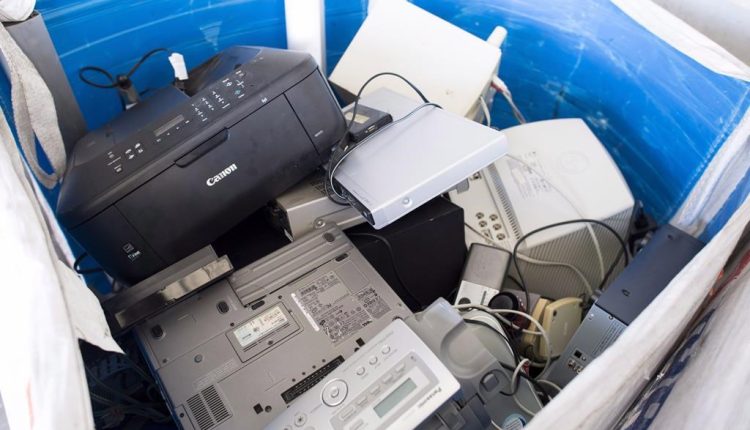
Canada’s Electronic Waste More than Tripled in Last 20 Years, Expected to Keep Increasing
The University of Waterloo has conducted a study that shows Canada’s electronic waste has more than tripled in the last 20 years and is expected to keep increasing. It takes a look a data from as far back as 1971 and researchers found that in 2020, Canadians produced nearly one million tonnes of electronic waste.
A new study conducted by researchers from the University of Waterloo which is a comprehensive estimate of e-waste in Canada found that electronic waste has more than tripled in the last 20 years and is expected to keep increasing. This waste includes discarded electronic products such as computers, televisions, cell phones, consumer goods like electronic toys and household lighting, and large household appliances such as refrigerators or washing machines.
It was found that the amount of e-waste generated per person went from 8.3 kilograms in 2000 to 25.3 kilograms in 2020. There was nearly one million tonnes of e-waste produced in 2020 by Canadians and this number is expected to reach 1.2 million tonnes annually by 2030.
Similar stories













Comments are closed.